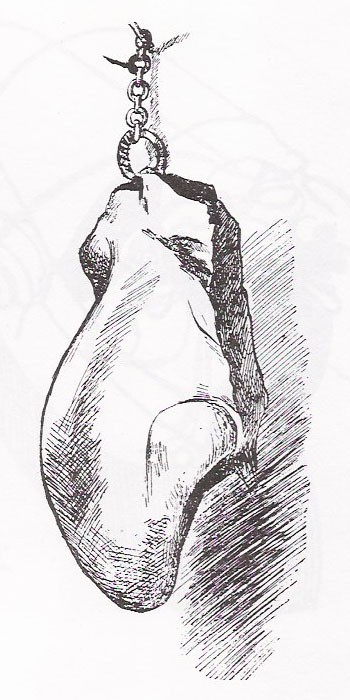 Sultan´s Nose, Photo: Diyalog
Sultan´s Nose, Photo: Diyalog
Sultan´s Nose – Caricatures from Turkey
On August 8, preparing for the Book Fair, the Museum of World Cultures will open the exhibition Sultan´s Nose – Caricatures from Turkey. This exhibition has been initiated and organized by the Turkish Cultural Initiative Diyalog in cooperation with the Museum of World Cultures, the Turkish branch of the Friedrich-Ebert-Foundation and with a support of the Organizing Committee Frankfurt Book Fair 2008 Guest of Honour. It is part of the official programme entitled Turkey – In All Its Colours enabling Turkey to present itself in all its cultural variety as the guest of honour at the Book Fair in 2008.
Do Muslim people have a sense of humour? Since the debate on the Mohammad caricatures that have been published in Denmark Europeans are engaged with this issue. Taking a selection of old and new examples of Turkish caricatures the exhibition Sultan´s Nose – Caricatures from Turkey shows how central a role satire has played as a form of socio-political argument since the time of the Sultans in Turkey.
Within the exhibition caricaturists will be presented who are regarded as classics in Turkey: since the 1950s graphic artists like Turhan Selçuk and Tan Oral captivate with intellectually and artistically ambitious representations and manifestations of the changes in metropolises like Istanbul.
Simultaneously, the exhibition shows for the first time in Germany, a representative selection of the younger generation of Turkish caricaturists. Saucy political drawings from the daily newspapers, powerful women, and the artists of the satire magazines “LeMan”, “Penguen” and “Uykusuz” are the main actors of the contemporary Turkish caricature.
Next to the works of male and female caricaturists the documentary wing of the exhibition offers a broad and grounded view of the history and significance of the Turkish caricature since the end of the 19th century.
Once it had been just a nose. Sultan Abdülhamit II (1842-1918) hated intimations regarding his formidable smelling organ so much that he himself had ordered the censorship to prohibit even the use of the word nose. This was stylishly laid on the masters’ pointed pen. No other nose has ever been such a popular subject of mockery.
In Turkey as well as in Europe, the artistic medium of caricature came into being in the course of long time overdue political reforms during the last century of the Ottoman Empire. Just as the recent argument about the Mohammad caricatures reflects international tensions in the global arena, so the critical caricatures from Turkey are a mirror image of the political and social conflicts inherent in the country. A core subject is also the sustained debate with Europe which lasts since more than a century.
Things that are hit out at are nearly all those rarely found in the daily press: migration to the cities, all-powerful military, gender roles, family structures, bashing policemen, mafioso politicians, violence against women, children and minorities, changing moral ideas, cybermania, the orientalisms of the West and the stereotypes about the West.
Accompanying the exhibition a publication is brought out by Istanbul University Press and the Berlin Publisher Dagyeli in a bilingual German-Turkish edition containing a selection of Turkish caricatures. This book will be available at a price of € 28.
